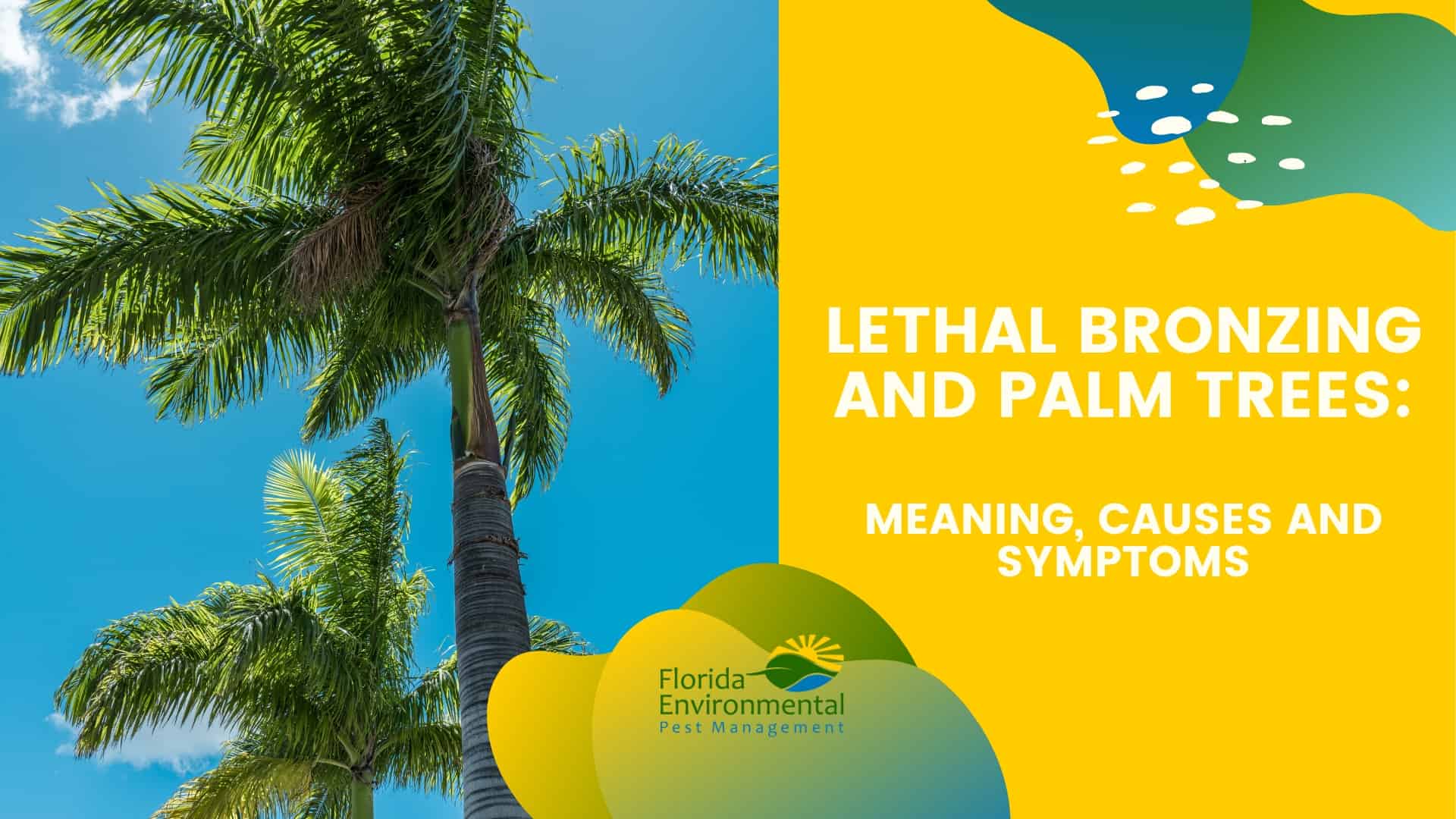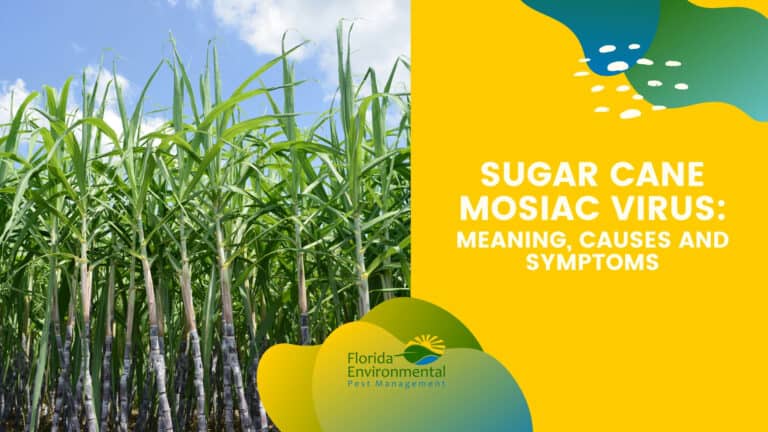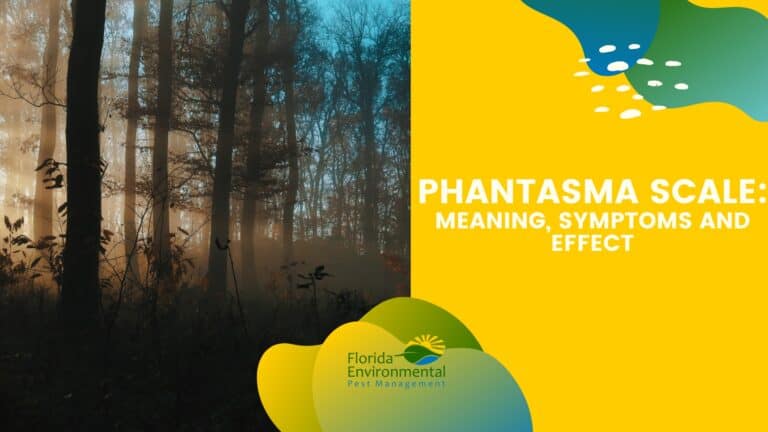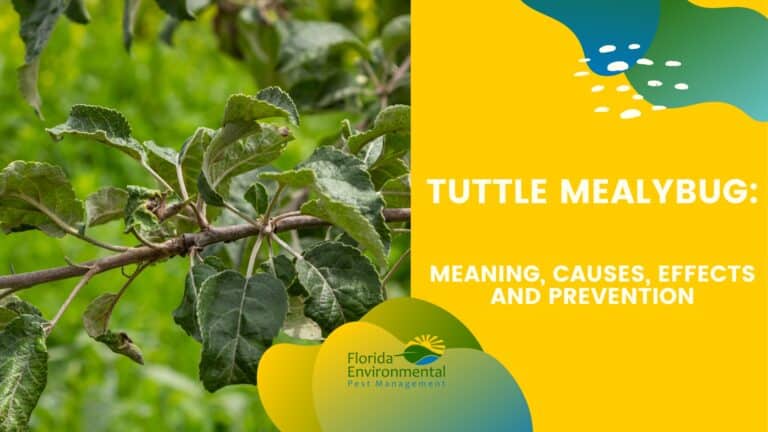Lethal Bronzing, also known as Texas Phoenix Palm Decline (TPPD), is a devastating plant disease that affects various species of palm trees. It is caused by a bacterium known as phytoplasma, transmitted by a tiny insect called the planthopper.
Symptoms of Lethal Bronzing include wilting and discoloration of the palm fronds, starting from the lower leaves and progressing upward. As the disease advances, the tree experiences premature fruit drop, stunted growth, and ultimately, death.
What is Lethal Bronzing (LBD)?
Lethal Bronzing Disease (LBD), also known as Texas Phoenix Palm Decline, is a major threat to palm trees. Originating in Jamaica, it first appeared in Florida in 2006 and has been rapidly spreading throughout the state. As of 2022, 36 out of Florida’s 67 counties have been affected by this disease.
Lethal Bronzing is a cousin of the infamous Lethal Yellowing, another deadly palm disease. However, the pathogen causing LBD is genetically distinct from the one causing Lethal Yellowing, though both have had serious impacts on the regional palm population. Therefore, identifying and preventing LBD is of utmost significance.
How Does Lethal Bronzing Disease (LBD) Spread?
The LBD phytoplasma is transmitted by the Haplaxius crudus planthopper, an insect that feeds on the sap of palm trees. This minuscule sap-feeder serves as the disease’s vessel, transferring it from one palm to the next. It’s a fatal one-way journey for the infected palm, as the phytoplasma disrupts the palm’s phloem tissue, leading to the tree’s eventual demise.
Interestingly, the same planthopper also transmits the Lethal Yellowing phytoplasmas to various palm species. However, the LBD phytoplasma is genetically distinct from its lethal yellowing cousin. With both diseases posing a significant risk to the region’s palm trees, gaining a comprehensive understanding and establishing control over their spread is a fundamental objective.
What are the Signs of Lethal Bronzing?
The first signs of Lethal Bronzing Disease often go unnoticed. You might observe premature fruit drop or inflorescence necrosis, which typically becomes evident four to five months after infection. Following these initial symptoms, the palm exhibits a distinctive red-to-bronze color change in the lower leaves, which progresses upward toward the top spear leaf.
Regrettably, the deadly stage of LBD is marked by the browning and deterioration of the spear leaf – a clear sign that the palm’s apical meristem, or ‘heart’, is on the verge of death. Misidentification of LBD symptoms is common, as leaf discoloration and decline can be mistaken for potassium deficiency or natural palm leaf decay. The time from initial symptoms to the palm’s death may span from two months to over a year.
What Palms Are Affected by Lethal Bronzing?
Lethal Bronzing Disease doesn’t discriminate among its victims. It has been found to affect approximately 19 palm species, including the queen palm, cabbage, pindo, coconut palms, and the Canary Island date palm, many of which adorn Florida’s landscapes.
However, the disease manifestation varies among different species, as we will explore further with the Canary Island Date Palm and the Sabal Palmetto. Understanding these variations in palm diseases, such as lethal bronzing, is crucial for proper prevention and treatment.
Canary Island Date Palm
The Canary Island Date Palm (Phoenix canariensis) is not spared from the wrath of LBD. When infected, this palm species, closely related to both the edible date palm and the pygmy date palm phoenix, displays a unique set of symptoms that include premature fruit drop, discolored foliage, and collapse of the canopy. The wild date palm, although a different species, may also be susceptible to similar diseases.
The impact of LBD on the Canary Island Date Palm is considerable. It:
- Reduces the tree’s lifespan
- Reduces its horticultural and landscape value
- It affects the aesthetics of the landscapes
- Has economic implications
Sabal Palmetto
The Sabal Palmetto, Florida’s state tree, is also susceptible to Lethal Bronzing Disease. The disease manifests in this species as a reddish-bronze discoloration of fronds, and the lower leaves begin to change color and decline, starting at the bottom of the crown and moving upward.
The progression rate of LBD symptoms in Sabal Palmetto can vary, potentially taking from a few months up to a year, depending on the specific palm species and its health at the time of infection. This variability adds another layer of complexity in managing the disease.
Strategies for Managing Infected Palms
Strategies for managing lethal bronzing disease in infected palms involve a combination of methods, such as removing infected trees and preventative measures like injecting palm trees with antibiotics like oxytetracycline.
Successfully handling LBD necessitates precise identification, prompt detection, and swift action. Due to the similarity of LBD symptoms with other palm conditions, laboratory testing becomes crucial for accurate identification. This testing can be facilitated by the UF/IFAS Extension office.
Furthermore, specialists recommend the following steps to manage LBD:
- Screen healthy palms near infected ones to detect LBD early.
- Once a palm is confirmed to be LBD positive, promptly remove and dispose of it correctly to prevent the disease from spreading further.
- Research is ongoing to explore further management strategies and potential treatments for maintaining healthy palms.
How to Prevent the Spread of Lethal Bronzing Palm Trees
Prevention is always better than cure, and the same holds true for LBD. Injecting healthy palm trees with oxytetracycline HCl (OTC) every three to four months for at least two years is recommended as a preventative measure against lethal bronzing.
However, keep in mind that antibiotic treatments are only recommended if the disease is detected in the area, suggesting the insect vector is present. Alongside antibiotic injections, regular fertilization, insect control measures, and consistent watering are cultural strategies that can help maintain palm health and prevent the spread of lethal bronzing.
Is Lethal Bronzing contagious to other palm trees?
Lethal Bronzing Disease (LBD) cannot be mechanically transmitted, as the phytoplasma is limited to the palm’s sap and cannot survive outside the plant or insect. The disease is spread by piercing-sucking insects, specifically planthoppers and leafhoppers, that feed on the sap of infected palms. These insects act as vectors, spreading the phytoplasma bacteria from tree to tree as they move between hosts during their feeding activities.
However, the phytoplasma responsible for LBD resides in the phloem tissue of the palm and cannot survive outside of a plant or insect, ruling out mechanical transmission through tools or contact. Once inside a tree, the bacteria multiply and clog the circulatory system, leading to nutrient deprivation and eventual death of the palm within about six months. The presence of a cell wall in these bacteria contributes to their ability to multiply and clog the system.
Preserving Palm Diversity in Florida
Maintaining the diversity of palm trees in Florida is crucial for preserving the state’s distinctive landscapes and ecological equilibrium. Planting palm tree species that are resistant to lethal bronzing can help prevent the spread of the disease. Researchers in Florida are actively seeking out palm species that demonstrate resistance to lethal bronzing to guide future planting strategies.
Further, breeding programs are under consideration to create new strains of palm trees, including nucifera coconut palm Livistona, with improved resistance to lethal bronzing, thereby enhancing the diversity and resilience of Florida’s remaining palm tree populations. Advanced research is also exploring the potential of antimicrobial compounds produced by palms that might alter the dynamics of LBD transmission in the environment.
Local Resources and Expertise
Countering LBD necessitates a united effort leveraging local resources and expertise. The UF/IFAS Fort Lauderdale Research and Education Center provides molecular diagnostics and practical advice on managing LBD, aiding in both identification and control efforts.
Certified arborists or tree care experts can provide personalized guidance on disease management strategies and appropriate treatments for LBD. Local county extension offices and university departments offer valuable resources and expertise that are essential for effectively addressing the challenge of lethal bronzing disease in palm trees.
What are the over-the-counter injections for lethal bronzing?
To prevent lethal bronzing in healthy palms, they should be tested and injected with oxytetracycline HCl (OTC) every three to four months for at least two years. This approach helps to protect the palms from the infection and preserve their health.
How do you test for lethal bronzing?
To test for lethal bronzing, you need to conduct a laboratory analysis (PCR) on a wood shavings sample from the palm’s trunk. To get this done, you can contact the University of Florida IFAS Extension office for assistance with preparing and sending the sample.





